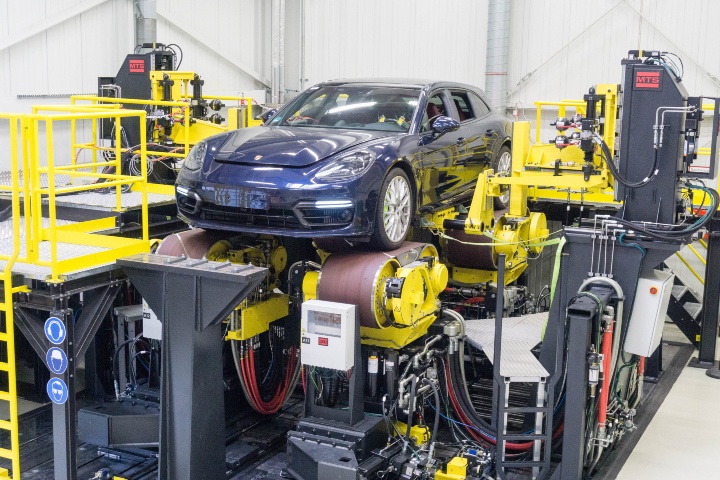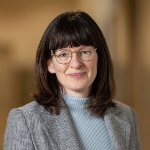Laurin Ludmann from the Institute of Automotive Engineering Stuttgart will soon be packing his bags. This November, the doctoral student is headed to Cambridge, Massachusetts, in the USA. He will spend a week there working intensively with scientists from the Reliable Autonomous System Lab (REALM) at the renowned Massachusetts Institute of Technology (MIT). The stay in the USA is part of a joint project that has been running since June and aims to improve modeling processes.
Accurate models are the foundation of vehicle development.
This approach benefits the automotive industry, among others: In vehicle development, engineers and designers can simulate vehicle behavior using a model before constructing a physical prototype. This enables testing across a wide range of domains, such as acceleration, braking maneuvers, and driver assistance systems. “A good model saves time and costs in the development process and increases the quality and safety of the end product,” says Ludmann. “Our project goal is to increase modeling precision. We want to achieve this by combining different types of models. For example, classical physical models and models that use neural networks for computing.”
Project aim: Combining the best of two worlds
Neural networks are a relatively recent AI technology with a computer architecture designed to mimic the functioning of the human brain. Neural networks are capable of learning and are well suited to predicting unknown scenarios. "However, they can only operate within the scope of their training,” Ludmann explains. "If a neural model is trained with data in the range of zero to 100 km/h, for example, it will not make reliable predictions about behavior at 120 km/h. Physical models, whose calculations are based on real replicas of vehicle parts, do not have this limitation - but they do have other disadvantages. By combining both types of model, we utilize the individual strengths and mitigate weaknesses. We bring together the best of two worlds, so to speak.”
Interdisciplinary cooperation creates synergies
“Here in Stuttgart, we have a lot of experience with physical modeling for the automotive industry. We also have a unique research infrastructure with our full-vehicle dynamics test bench, allowing us to safely simulate extreme driving situations," says Prof. Andreas Wagner from the Institute of Automotive Engineering Stuttgart (IFS) at the University of Stuttgart. “Our colleagues at MIT are contributing their expertise in neural networks, robotics and machine learning to the joint project. We pool our knowledge and thus create synergies.”
"I find the opportunity to collaborate with the scientists at MIT incredibly enriching. Interdisciplinary research opens up new perspectives,” said Ludmann shortly before his trip to the USA. The German-American project is scheduled to run for a total of one and a half years. Next year, the American colleagues will visit Stuttgart, and Ludmann will also return to the USA for an additional research stay lasting several weeks. “Of course, we also exchange information via video conference. "However, personal contact is invaluable for project work," says Ludmann.

Support from the MIT Global Seed Fund and ZF Friedrichshafen AG
These research trips are made possible by the MIT Global Seed Fund, with financial backing from ZF Friedrichshafen AG for the modeling project.
The aim of the MIT Global Seed Fund is to deepen the relationship between MIT and the University of Stuttgart through joint projects. The fund provides up to 25.000 $ in start-up financing per project. Stuttgart researchers from all disciplines are eligible to apply, especially early career researchers. “We not only benefit financially from the support of the MIT Global Seed Fund. The program has also opened the door to an exciting new research partner —a tremendous added value," says Andreas Wagner.
Application open: MIT Global Seed Fund 2024/2025
In the current call for tenders, University of Stuttgart researchers from all disciplines can apply for start-up funding from the MIT Global Seed Fund until December 10. It is aimed in particular at ambitious early career researchers who are just beginning their academic career.
Contact

Lena Jauernig
Editor Research / Early Career Researchers


